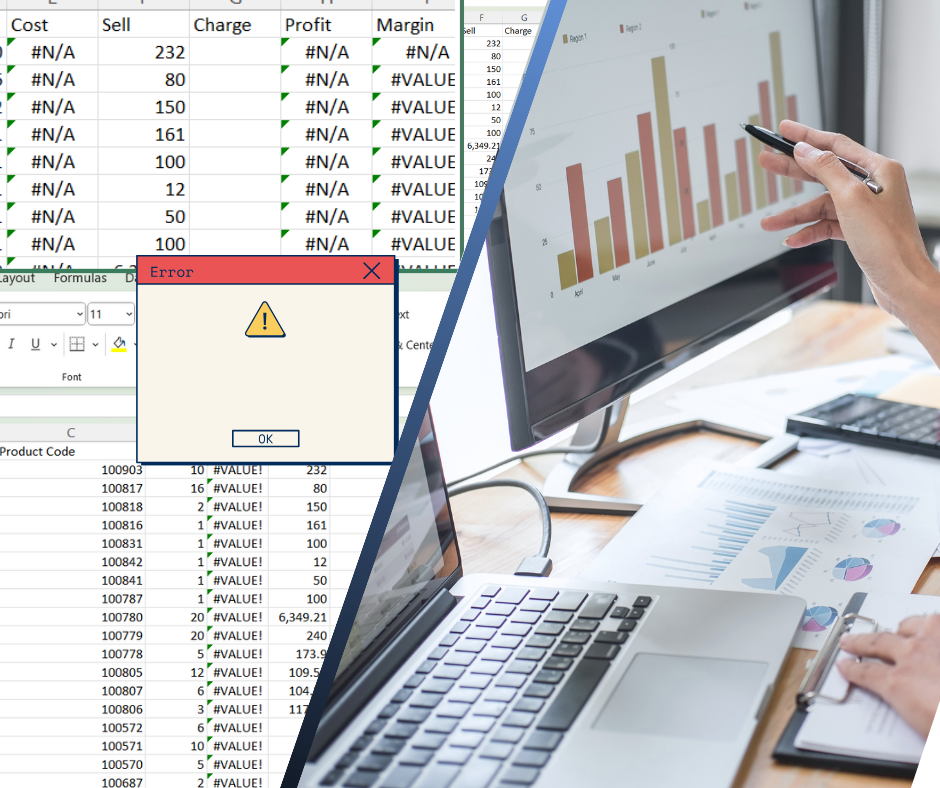Accurate and accessible data is key to making informed business decisions.
Many businesses initially rely on spreadsheets for data management, analysis, and reporting. While spreadsheets are versatile and can work early on, they can become cumbersome and limit productivity as your business grows. It might be time to consider transitioning to a software program that offers enhanced features and functionality.
In this blog post, we'll explore the benefits of moving from spreadsheets to a software program and guide you through a smooth transition.
